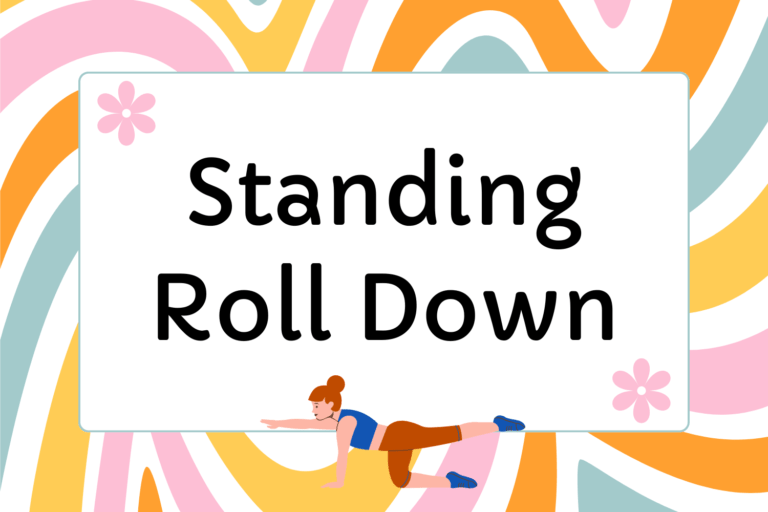Perhaps one of the foremost pieces of fitness equipment available, the Pilates reformer provides a multitude of challenges for even the most experienced students. But with the average cost of an at-home reformer easily reaching into the thousands of dollars, plus the relatively high expense of reformer classes, faking your own reformer workout may be a be a more feasible way to get resistance-based Pilates experience.
Learning to utilize mat-work to simulate reformer sessions can not only save you serious dough, but it can also revolutionize your practice.
Here are some tips on how to bring the benefits of the reformer to the mat:
Pull for Resistance Bands
Also known as Therabands, resistance bands can provide varying amounts of tension for effective strength building. They’re used frequently in forms of physical therapy and are a popular, safe, and inexpensive way to get the resistance you need.
This easy, transportable piece of equipment runs between five and 15-dollars, depending on the brand, length, and strength of the band. You can also purchase handles to get a better grip, for approximately the same price.
Embrace the Circle
“With body, mind, and spirit functioning perfectly as a coordinated whole, what else could reasonably be expected other than an active, alert, disciplined person.”
Joseph Pilates
Another one of Joseph Pilates’s landmark fitness inventions was the “magic circle.” A round metal band with cushioned handles, the circle provides a form of resistance similar to a theraband, but with a special eye toward adduction (moving a limb closer to the midline of the body).
Circles provide various levels of resistance and come in a variety of diameters, so you can pick the style that suits you best. Ranging from 20 to 60-dollars, they are slightly pricier than resistance bands, but still a great bargain for the price.
Weight down
Used properly, light weights are another great resistance tool that mimics the reformer, but at a bargain price of only 10 to 50-dollars.
For leg work, try specially designed sand-filled leg weights. The weight can be adjusted depending on the level of resistance you need, as the sand is typically divided into removable packets weighing about ½ lb. each.
For arms, simple small dumbbells can be used as needed, although they may not come into play nearly as often since Pilates tends to focus more toward the core and lower body. Never use weights that go over six or seven pounds—excessive amounts of weight may build bulky, as opposed to lean, muscles.
Find a Friend
One of the most powerful tools in all of fitness and Pilates is a piece of machinery, but rather a trusted partner. Try working out with a friend, taking turns providing resistance, assisting stability, and encouraging motivation.
Another plus of partnering up for workouts is the ability to constantly make adjustments in resistance; instead of buying different equipment to supply different amounts of tension, simply communicating with your partner will allow you both to work on the level appropriate for you.
Wade in the Water
If you’re one of the lucky people who have access to a pool, make use of it! Water is one of the best, safest environments to practice Pilates. The natural resistance it provides will increase both strength and stamina, while the weightless environment prevents any damage from being done to joints.
Though you may not be able to lie down in the water as you do on the reformer, simply isolating the bodywork of exercises and doing them subaqueously will provide a great workout—with the added benefit of increased lung capacity and heart rate.
Balance Beautifully
Next to the reformer, the balance ball may be the fitness tool most often associated with Pilates. A wonderful device that increases both strength and coordination, the balance ball can usually be found at local stores for 20-dollars or less, depending on the retailer.
The altered position your body assumes on the ball improves balance, while the increase in height between you and the floor also allows for a greater degree of extension and flexion in your spine—a great benefit for those who wish to challenge themselves in their core work.
Reform Your Practice
While it may seem like nothing can compare to a true reformer workout, these few simple tools can be used to simulate much of its benefits, without the heavy financial burden.
These are our tips for the reformer-less among us—what works best for you?





